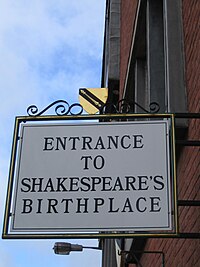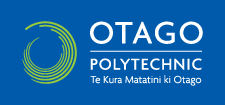Question 2
Case Study
| Developing an online course for Shakespeare's Hamlet Theresa Brown, an English literature educator, is developing an online course on Hamlet by William Shakespeare. The course will be delivered using the learning management system (LMS) hosted by her education institution. Registered students are provided with password access for the LMS. A number of students do not have affordable access to the internet at home, so Theresa wants to include copies of resources in the LMS so they can be accessed through the institution's local network. She plans to include the following resources:
Requirements We suggest you write down your answers so you can check these against the self-assessment activities which follow. In each case, you should identify:
This case study was inspired by ideas in the Copyright 4 Educators (ZA) course. Note that for the purposes of this case study, Theresa is a fictitious character and has not published in the Australian Humanities Review.
|
Question 2: Photograph of the portrait of Hamlet by William Morris Hunt
Questions relating to the copyright of the image of Hamlet
- Choose the correct option. Afterwards, we suggest that you review the feedback on the incorrect options as these also contain valuable information.
- The copyright of this image of Hamlet belongs to:
- William Morris Hunt, the original artist.
- Incorrect. The original painting by William Morris Hunt is in the public domain, therefore it is permissible to make copies of the original work without permission. However, the copyright of the photograph belongs to the photographer or the institution/person who commissioned the photograph.
- the photographer.
- Incorrect. Usually the copyright of a photograph belongs to the photographer. However, in this instance it is a commissioned work by the Museum of Fine Arts, Boston, Massachusetts as the website provides a clear link to obtain licensing permissions for reusing the image.
- Museum of Fine Arts, Boston, Massachusetts.
- Correct. The copyright of this image belongs to the Museum as indicated by the link to obtain licensing permissions for reuse, notwithstanding the fact that the original painting is in the public domain.
- the public domain.
- Incorrect. The original painting is in the public domain, and it is permissible for a photographer to make a copy (photograph) of a work in the public domain. However, if the photographer does not release the work into the public domain or provide an open content license, the photograph is all rights reserved. Projects like the Wikimedia Foundation argue that copyrighting faithful reproductions of works in the public domain is an assault on the public domain and will host a version of the image on the Commons.
- William Morris Hunt, the original artist.
- Do the same provisions for term of copyright apply to photographs of a work in the public domain?
- Yes
- Incorrect. Generally speaking the answer is yes, however the specific term of the copyright of films and photographs may differ from standard duration of copyrighted works depending on your national copyright legislation. In some countries the term is calculated from the date of publication and not from the year in which the copyright holder dies. Consult your national legislation.
- No
- Correct. The term of copyright for film and photographs may differ depending on your national copyright legislation. Consult your national legislation for the duration of copyright.
- Yes
- Can Theresa include a copy of this image of Hamlet in her course materials on the grounds that the photo is a "reproduction" of a work in the public domain?
- Yes
- Incorrect. Legally, Theresa is not permitted to include a photograph of a work in the public domain without obtaining the necessary permissions from the photographer / copyright holder. However, restricting general public access to works in the public domain disregards the intent of the public domain. (Note that your institution may be party to negotiated rights to use images and film in return for the payment of a licensing fee.)
- No
- Correct. However, this represents a disregard for the intent of the public domain. (Note that your institution may be party to negotiated rights to use images and film in return for the payment of a licensing fee.)
- Yes

